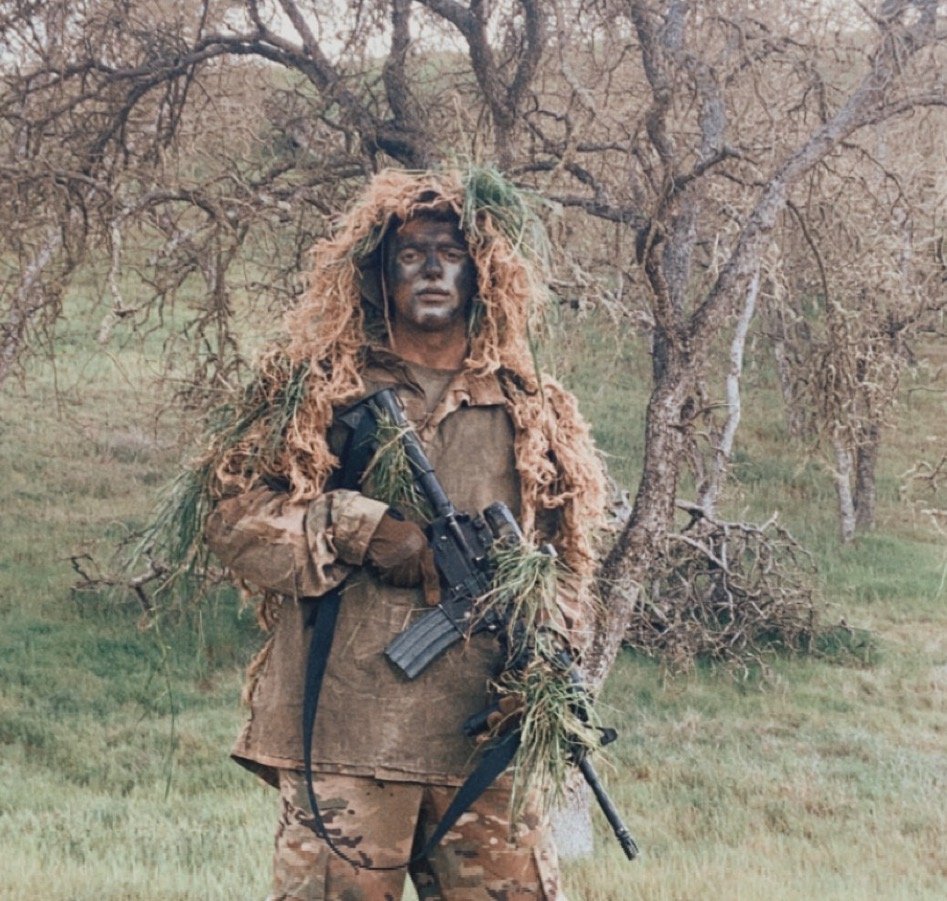Deconstructing Human Perception
Motion-Induced Blindness is a perfect example on how brittle perception can be
Taken after Target Detection and Stalking Lanes at FHL
As I lived and trained with the snipers - masters in the art of stealth and camouflage - I've discovered a unique perspective on the intricacies of human perception. To blend in, one must understand not just the physical environment, but also the gaps and limitations of human perception. It was this realization that set me on a path of reverse engineering the mind and developing a profound passion for cognitive science.
At the heart of stealth and camouflage is the principle that perception underlies all conscious experience. When in the field, my survival hinged on the ability to anticipate how the enemy would perceive their environment, understanding their expectations, biases, and blind spots. This process illuminated a broader principle: our conscious experience is heavily filtered and shaped by our perceptions. It's not just about what we see, but the many complex intermediary layers that then interpret what we see.
Upon testing these ideas, I revealed the world of archetypes. Archetypes, in psychological terms, are universal, inherited patterns of thought or symbolic imagery that derive from humanity's collective experience. In simpler terms, they are foundational stories or symbols embedded deep within our psyche. These archetypes arise from patterns in our perception. They are not just passive images, but active structures that inform how we interpret the world around us. Through camouflage, I came to recognize these patterns as higher-order narrative regularities—essentially, the stories we tell ourselves to make sense of our world. Our brains are hardwired to seek patterns, to understand our environment, and to place ourselves within a larger context.
As I step back into the civilian world, I carry this unique perspective with me. It's not just a military lens but one that can reshape any field, from computer vision to engineering management. I've seen how narratives drive human behavior, from the military’s shadowy realms to the enlightening corridors of cognitive science. I look forward to sharing this vision in my next chapter.


